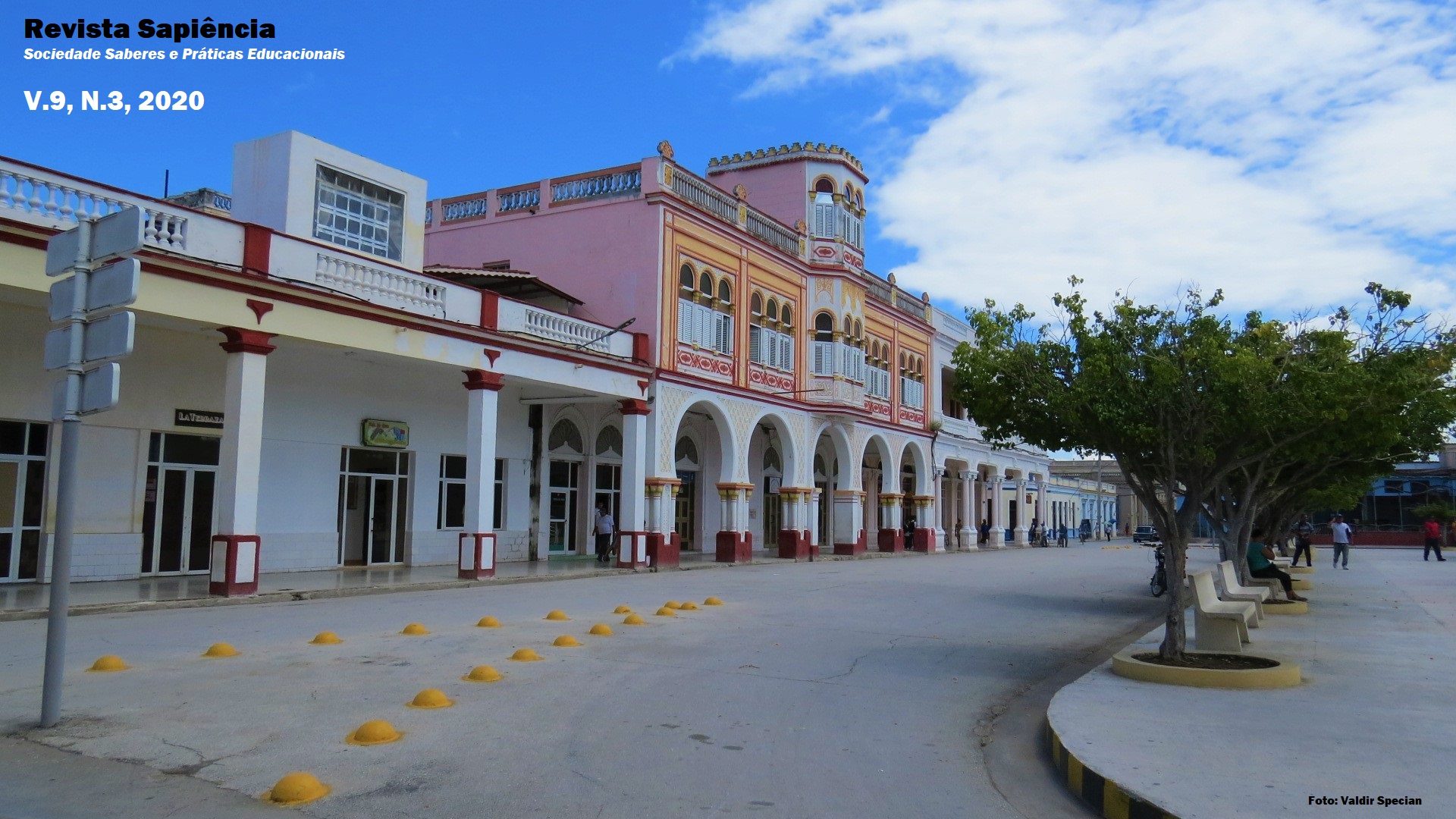RESEARCH GAPS IN THE ENDANGERED XENARTHRANS OF THE BRAZILIAN CERRADO AND IMPLICATIONS FOR CONSERVATION
Resumo
The present study aims to characterize the scientific production about endangered species of the Xenarthra, a group that occurs in the Brazilian Cerrado. This descriptive and quantitative research was conducted using the Scopus database. The study species were selected using the International Union for Conservation of Nature (IUCN) red list of endangered species. Four species of endangered xenarthrans occurring in the Cerrado were identified. A total of 205 publications until 2017 were cataloged, including 99 (48%) publications on Myrmecophaga tridactyla (giant anteater), 73 (36%) publications on Bradypus variegatus (brown-throated sloth), 27 (13%) publications on Priodontes maximus (giant armadillo) and six publications (3%) on Tolypeutes tricinctus (brazilian three-banded armadillo). The areas of knowledge in general biology with the highest number of publications were ecology (22%), zoology (22%) and morphology (20%). Only 9% of the publications included genetic studies, moreover there is no genetic study on the Brazilian three-banded armadillo and on the giant armadillo in Brazil. Brazil had the highest number of published articles (112) (54%), the University of São Paulo (USP) (20 publications), the State University of São Paulo (UNESP) (9 publications), the Federal University of Goiás (UFG) (11 publications) and University of Brasilia (UnB) (8 publications) stood out, with 46 scientific publications combined. Therefore, it was possible to determine an urgent need for further studies about these species, especially in genetic, since population genetic diversity is one of the international criteria for placing a species on the endangered species list.
Keywords: Brown-throated sloth. Giant anteater. Brazilian three-banded armadillo. Giant armadillo.
Downloads
Publicado
Edição
Seção
Licença
Autores que publicam nesta revista concordam com os seguintes termos:a. Autores mantém os direitos autorais e concedem à revista o direito de primeira publicação, com o trabalho simultaneamente licenciado sob a Licença Creative Commons Attribution que permite o compartilhamento do trabalho com reconhecimento da autoria e publicação inicial nesta revista.
b. Autores têm autorização para assumir contratos adicionais separadamente, para distribuição não-exclusiva da versão do trabalho publicada nesta revista (ex.: publicar em repositório institucional ou como capítulo de livro), com reconhecimento de autoria e publicação inicial nesta revista.
c. Autores têm permissão e são estimulados a publicar e distribuir seu trabalho online (ex.: em repositórios institucionais ou na sua página pessoal) a qualquer ponto antes ou durante o processo editorial, já que isso pode gerar alterações produtivas, bem como aumentar o impacto e a citação do trabalho publicado (Veja O Efeito do Acesso Livre).













